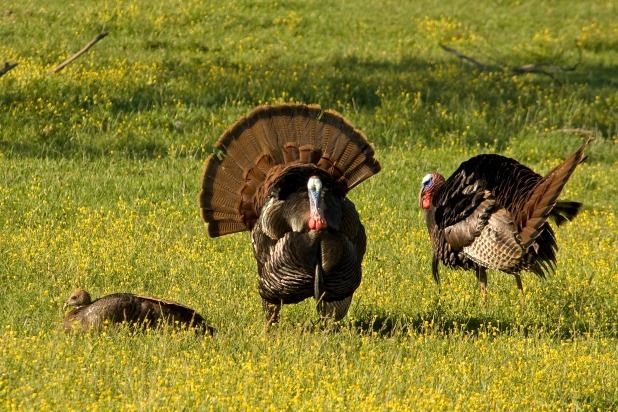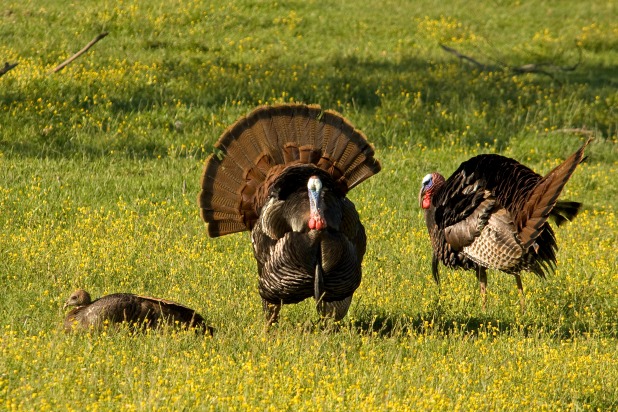Fun Facts You Didn't Know About Turkey
Turkey at Thanksgiving is one of the most iconic holiday meals in America. But how much do you know actually about this large fowl?
If you spend the time to roast a huge turkey this Thanksgiving, be sure to use all of it. Throwing out leftovers is a huge waste of money. It's estimated that about 200 million pounds of edible turkey is wasted each Thanksgiving. Get creative with your leftovers with a few fun turkey recipes.
Click here to see 8 Fun Facts You Didn't Know About Turkey
We tend to only eat whole turkey during the holiday season and on sandwiches throughout the rest of the year, but that's pretty much it. Americans eat only 16 pounds of turkey meat annually, which pales in comparison to chicken (80.4 pounds per person), beef (57.4 pounds per person), and pork (45.9 pounds per person). An interesting statistic considering that turkey is the leanest of the bunch.
Turkey is also a cheaper alternative to ground beef and equivalent in price to chicken, averaging around $1.60 per pound. And you don't need to roast a whole bird to enjoy turkey; use turkey legs or substitute turkey breasts in any recipe that calls for chicken.
If you're looking to source locally, turkey is produced in almost every state. Minnesota is the top turkey producer (46 million turkeys annually), followed by North Carolina (36 million). The 40 states that did not make the top 10 list combined produce 45.5 million turkeys each year.
Shopping by brand? Butterball is the largest turkey producer in the country; the company processed 1,300 million pounds of turkey in 2012. Jennie-O trailed closely behind at 1,275 million pounds.
A simple roasted turkey is the clear favorite at holiday tables around the country. You can be the one to break the mold and make it in the dishwasher or even wrap it in bacon. Liven up talk around the table with these interesting facts about turkey, and prove once and for all that turkey doesn't make you sleepy.
Turkey Feathers, Not Meat
(Credit: Shutterstock)
Wild turkeys, which can have a wing span of almost five feet, were first domesticated in Mexico as early as 800 B.C., but were bred for their feathers, not their meat. They didn't become a significant food source for Native Americans until around 1100 A.D.
When Turkeys Fly
(Credit: Shutterstock)
Wild turkeys can fly (that's how they get into trees to sleep at night), but modern-day domesticated ones bred for consumption are too top-heavy to get off the ground.
Click here to see more Fun Facts You Didn't Know About Turkey
Julie Ruggirello is the Recipe Editor at The Daily Meal. Follow her on Twitter @TDMRecipeEditor.

